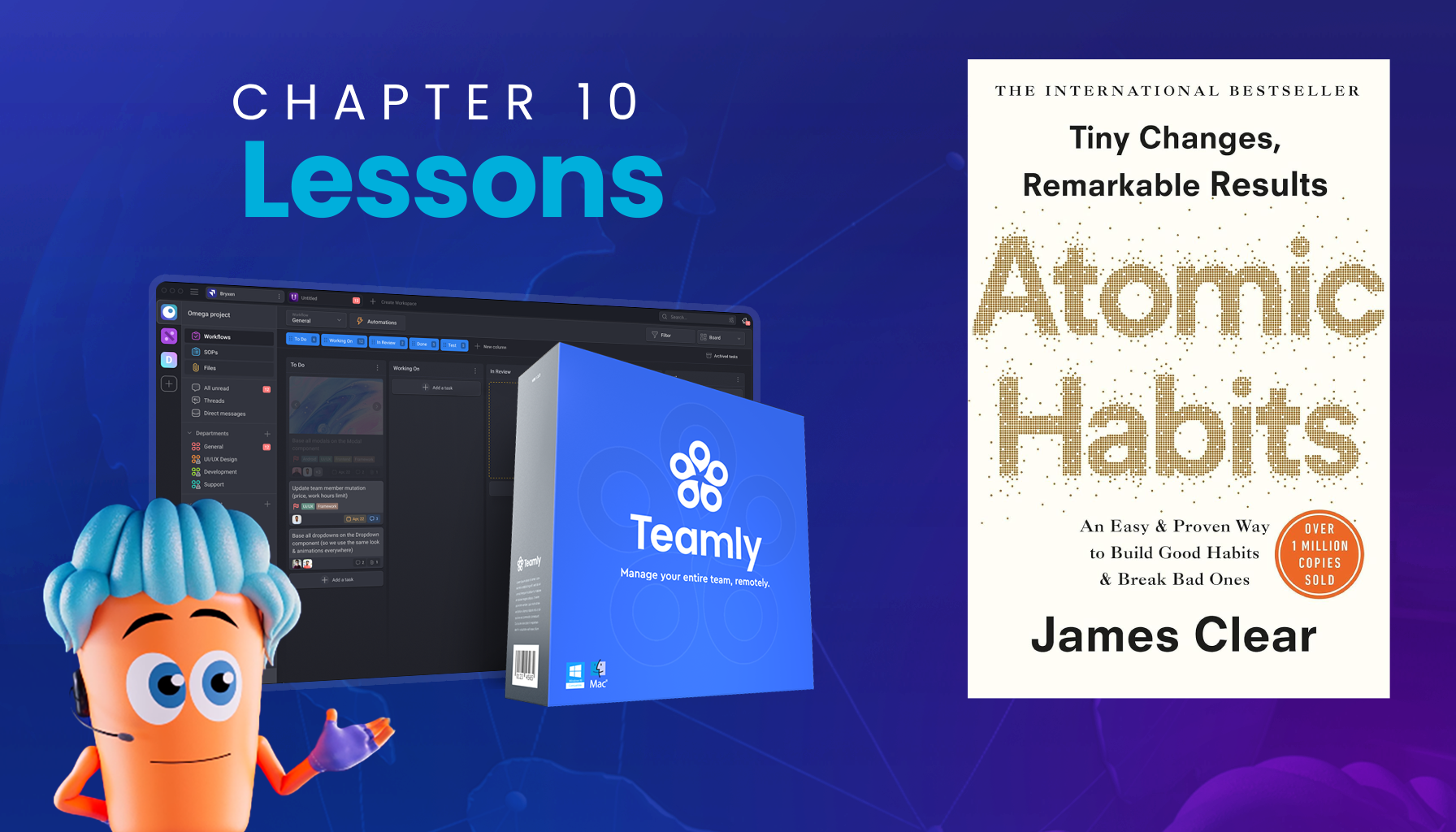
Click the button to start reading
Key Takeaways from “Atomic Habits” by James Clear – Chapter 11
Chapter 11 of Atomic Habits by James Clear offers a profound look at the process of building habits that stick.
This chapter focuses on the power of taking small, consistent steps, making it a crucial read for anyone looking to improve their personal or professional life.
Whether you’re working on improving team collaboration, increasing productivity, or forming daily routines, these insights can help you do more with less effort. If you want a practical way to make habits effortless, look no further.

Quantity vs. Quality: Progress Through Practice
The chapter kicks off with an eye-opening experiment involving photography students.
The students were split into two groups—one group graded based on the quantity of photos they produced, and the other based on the quality of a single, perfected image.
Surprisingly, the quantity group, who churned out photo after photo, ended up with higher-quality images than the quality-focused group.
The lesson? Action beats perfection. You cannot improve without taking the first step, and the process of iteration is what ultimately leads to success.
This is the essence of the chapter: motion doesn’t produce results—action does. Taking small actions regularly is what will get you closer to your goals.
It’s not just about doing more; it’s about improving through doing. Just like in the business world, it’s better to put out several ideas or test versions and iterate than to wait for the perfect product.
This method is widely used in tech companies like Teamly, where constant iteration leads to better, more effective results over time. The key takeaway here is that you learn through doing, not waiting for perfection.

Motion vs. Action: Stop Planning and Start Doing
Planning has its place, but in Chapter 11, James Clear distinguishes between “motion” and “action.”
Motion, such as researching, strategizing, and brainstorming, gives a sense of progress, but it doesn’t lead to real change.
Action, on the other hand, produces tangible outcomes. In other words, if you spend your time endlessly planning but not acting, you’re in motion, not progress.
Think of how easy it is to mistake motion for action. We often feel productive when we’re in motion—when we’re talking about goals, researching options, or organizing our tasks.
But at the end of the day, none of that leads to results unless action is taken. It’s the action that counts, the part where the rubber meets the road, and things start to change.
Let’s say you’ve outlined ten potential projects to increase team productivity, but have you started implementing any of them?
With tools like Teamly, you can quickly move from brainstorming to actual execution.
By taking small actions—like trying out a new meeting format or implementing time-blocking techniques—you immediately move from theory to practice.

Automaticity and the Habit Line: How Repetition Shapes the Brain
Chapter 11 dives deep into the science behind habit formation, specifically how repetition influences automaticity. Clear explains how each time an action is repeated, it strengthens the neural pathways associated with that behavior, making it easier to perform over time.
The graph shown in the chapter visualizes this process: early repetitions require significant mental effort, but eventually, behaviors cross the “habit line” and become automatic.
For example, when you first start walking 10 minutes a day, it feels like a conscious effort. You have to remember to put on your shoes, check the weather, and decide on your route.
But after weeks of repetition, walking becomes a habit. You find yourself automatically reaching for your shoes without even thinking about it. That’s the power of repetition. Over time, what once felt hard becomes easy.
Take the example of building a daily walking habit. Repeating the behavior over time makes it easier to do without conscious effort, and eventually, it becomes a natural part of your day.
The key takeaway here? It’s not about how long it takes to build a habit but rather how many times you repeat it. Frequent repetition is the ultimate driver of automaticity.

Focus on Repetitions, Not Time
One of the standout points in Chapter 11 is the emphasis on repetitions over the amount of time.
The question often asked is, “How long does it take to build a habit?” but the more relevant question should be, “How many repetitions does it take?” Whether it takes 21 days or 100 days doesn’t matter as much as how often you engage in the activity.
The book stresses that habits are built on consistency and frequency. This insight is particularly useful for anyone looking to improve team processes or personal goals.
The small, frequent actions you take in your daily routine or workflow are what matter most. This approach applies to everything from exercise routines to business workflows and personal development strategies. Consistency is king.
Building successful habits, whether individually or as a team, hinges on this idea of repetition over time. As Clear puts it, focus on getting in the “reps,” and over time, your habits will become second nature.

The 3rd Law in Action: Simplify for Success
Chapter 11 reinforces the idea that the simpler the habit, the more likely it is to be adopted.
By focusing on ease and eliminating unnecessary complexity, you increase your chances of sticking to your goals. Clear’s advice to “make it easy” applies to almost any area of life, whether you’re looking to develop better health habits, increase work productivity, or improve team collaboration.
In the business world, making things easy translates to improved efficiency and better outcomes. Simplifying workflows and removing obstacles helps teams move forward faster.
Clear’s third law shows how simplifying the process helps build the momentum needed for long-term success. It’s true for personal habits and equally applicable for teams and organizations aiming to boost performance.
If you’re ready to apply these insights in your life, get a copy of Atomic Habits today. Start taking those small actions and make success inevitable.
















